Education – the City’s Main Priority
Already at the beginning of independence, the employees of the municipality in authority very well understood the importance of education. This is primarily apparent from the funds allocated for the revival of this sector. Here, Šiauliai undoubtedly had the lead among other cities of Lithuania: budget allocation for education in Šiauliai was almost twice larger than that in the temporary capital of Lithuania, Kaunas. Primary schools that were closed during the war were started to be expeditiously restored. Šiauliai Municipality initiated and put efforts to make primary education obligatory and free, accessible to everyone both in the city and the whole Lithuania. Progymnasiums for national minorities – Jews and Germans – provided four-grade primary education in native languages. The activities of Šiauliai Gymnasium were renewed as early as before the end of the First World War. The city’s Gymnasium, which was revived in the years of independence, was mixed for some time, but in 1928, based on the decision of the Ministry of Education, it was divided into previously existing separate boys’ and girls’ gymnasia. The Boys’ Gymnasium provided intensified courses of economics, exact sciences and classical languages; while the Girls’, foreign languages. The Jewish community gymnasium was maintained for the private funds of the community organization at the home of industrialists brothers Nurokai. There used to be various courses for adult teachers, technicians and civil servants who wished to acquire secondary education. These courses originated the establishment of the adult gymnasium in 1921.
In addition to traditional, public education institutions, special schools were established: the School of Music, founded in 1929, in the building housing the company of American Lithuanians in Dvaro street; the School of Commerce, which from 1936 was educating accountants and salesmen so needed for Šiauliai as the centre of industry and trade; the Secondary School of Crafts, which from 1926, educated specialists of two fields: joiners and leather industry specialists; the Teachers’ Seminary, established in 1920, in the former counts Zubovai manor. The latter is to be considered the first higher education institution in Šiauliai, educating teachers for the whole education system of Lithuania. In 1939, Klaipėda Trade Institute, moved from Klaipėda to Šiauliai, became the city’s second higher education institution. Šiauliai Trade Institute was spread in three places of the city: Tautininkai house, the Teachers’ Seminary, and later, also in the newly built post office. It educated highly qualified specialists who were needed for the growing needs of Šiauliai city: transport, trade, industry, credit institutions, banks, insurance specialists.






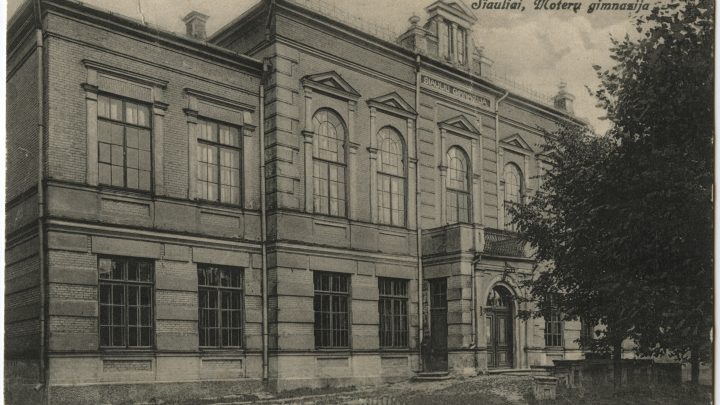


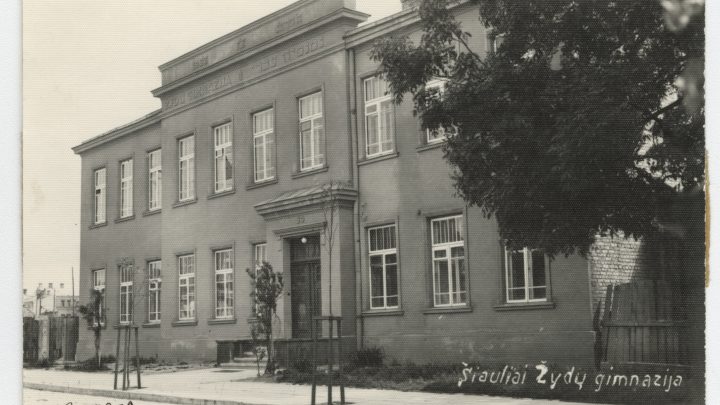
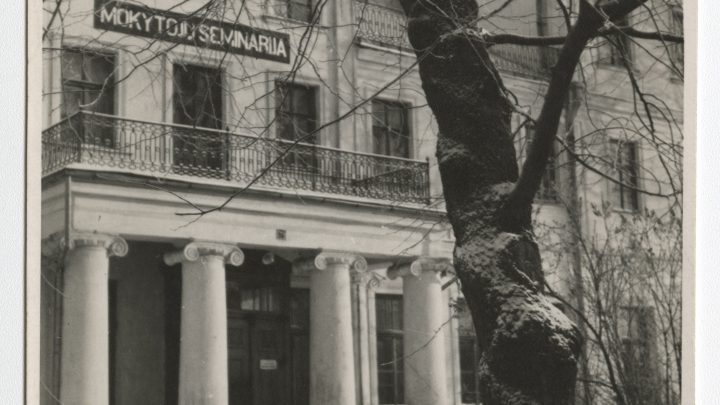

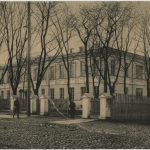
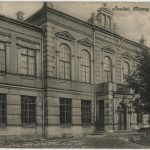



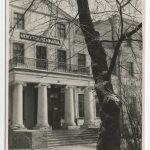
Leave feedback